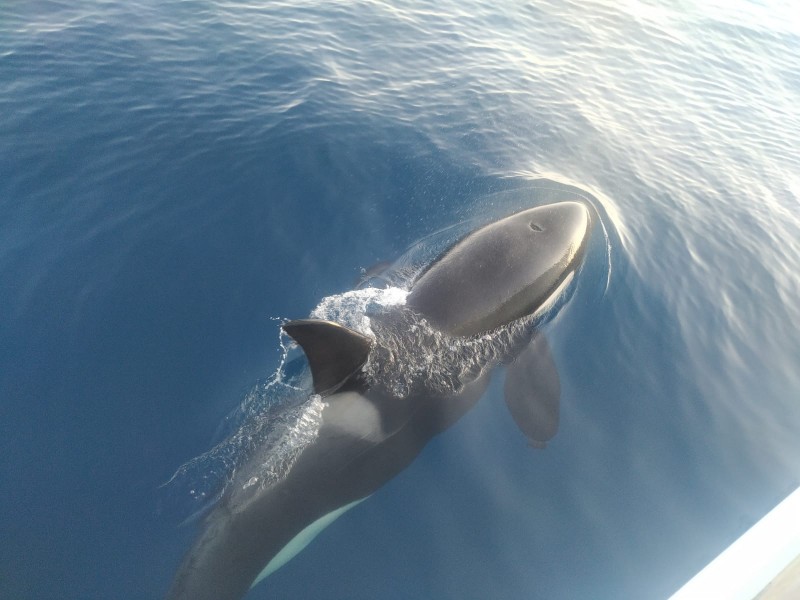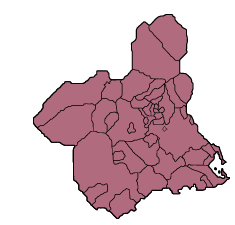- Region
- Águilas
- Alhama de Murcia
- Jumilla
- Lorca
- Los Alcázares
- Mazarrón
- San Javier
-
ALL AREAS & TOWNS
- AREAS
- SOUTH WEST
- MAR MENOR
- MURCIA CITY & CENTRAL
- NORTH & NORTH WEST
- TOWNS
- Abanilla
- Abarán
- Aguilas
- Alamillo
- Alcantarilla
- Aledo
- Alhama de Murcia
- Archena
- Balsicas
- Blanca
- Bolnuevo
- Bullas
- Cañadas del Romero
- Cabo de Palos
- Calasparra
- Camping Bolnuevo
- Campo De Ricote
- Camposol
- Canada De La Lena
- Caravaca de la Cruz
- Cartagena
- Cehegin
- Ceuti
- Cieza
- Condado de Alhama
- Corvera
- Costa Cálida
- Cuevas De Almanzora
- Cuevas de Reyllo
- El Carmoli
- El Mojon
- El Molino (Puerto Lumbreras)
- El Pareton / Cantareros
- El Raso
- El Valle Golf Resort
- Fortuna
- Fuente Alamo
- Hacienda del Alamo Golf Resort
- Hacienda Riquelme Golf Resort
- Isla Plana
- Islas Menores & Mar de Cristal
- Jumilla
- La Azohia
- La Charca
- La Manga Club
- La Manga del Mar Menor
- La Pinilla
- La Puebla
- La Torre
- La Torre Golf Resort
- La Unión
- Las Palas
- Las Ramblas
- Las Ramblas Golf
- Las Torres de Cotillas
- Leiva
- Librilla
- Lo Pagan
- Lo Santiago
- Lorca
- Lorquí
- Los Alcázares
- Los Balcones
- Los Belones
- Los Canovas
- Los Nietos
- Los Perez (Tallante)
- Los Urrutias
- Los Ventorrillos
- Mar De Cristal
- Mar Menor
- Mar Menor Golf Resort
- Mazarrón
- Mazarrón Country Club
- Molina de Segura
- Moratalla
- Mula
- Murcia City
- Murcia Property
- Pareton
- Peraleja Golf Resort
- Perin
- Pilar de la Horadada
- Pinar de Campoverde
- Pinoso
- Playa Honda
- Playa Honda / Playa Paraíso
- Pliego
- Portmán
- Pozo Estrecho
- Puerto de Mazarrón
- Puerto Lumbreras
- Puntas De Calnegre
- Region of Murcia
- Ricote
- Roda Golf Resort
- Roldan
- Roldan and Lo Ferro
- San Javier
- San Pedro del Pinatar
- Santiago de la Ribera
- Sierra Espuña
- Sucina
- Tallante
- Terrazas de la Torre Golf Resort
- Torre Pacheco
- Totana
- What's On Weekly Bulletin
- Yecla


- EDITIONS:
 Spanish News Today
Spanish News Today
 Alicante Today
Alicante Today
 Andalucia Today
Andalucia Today
ARCHIVED - Another sailing vessel disabled by killer whales off the Cadiz coast
In this latest incident on Thursday evening the vessel “Gardian” was towed into port after its rudder was damaged by orcas

This summer there have been more than 50 reported interactions between killer whales (orcas) and sailing vessels off the coast of the Andalusia region, mainly off the Cádiz coastline, with the orcas causing physical damage to the boats.
On Thursday evening there was a further incident in which the boat required assistance after the rudder of the vessel was disabled.
Marine rescue services (Salvamento Marítimo) rescued the sailboat “Gardian”, with two crew on board, at 22.30 on the evening of Thursday August 12, which was towed into the Muelle Sagrado Corazón in Tarifa (Cádiz), arriving at 02:50 on Friday morning.
On Tuesday there were two similar incidents involving orcas.
In the first , marine rescue services rescued the four occupants of the “Eva” at one and a half nautical miles from the cabo Camarinal, near to Playa de Bolonia after the rudder of the vessel was disabled. The original encounter occurred eleven nautical miles from the coast, and although the occupants of the boat originally contacted the rescue services to inform them of an encounter, during which the boat was “bumped”, it was believed at the time that no damage had occurred. However, as they approached the coast, it became evident that the rudder had been damaged and in the end the occupants required the intervention of the emergency services.
In a second incident on the same day, another sailing vessel was towed into the port of Barbate after a similar encounter, during which the rudder was disabled.
On August 5 the Ministry of Transport, through the Maritime Captaincy of Cádiz, decided to restrict sailing for boats with a length of 15 metres or less between cabo de Trafalgar and Barbate, following three killer whale attacks on Wednesday, August 4.
In other attacks last summer off the Galicaian coast, killer whales targeted the rudders of medium-sized boats and investigators concluded that all of the incidents related to a specific group of juveniles, one of which had substantial scarring that appeared to have been caused by some sort of impact contact, probably with the rudder of a vessel.
The presence of killer whales in the waters off the Spanish coast is nothing new; the Galicia coastline is renowned for its rich fishing grounds and marine life, shoals of migratory fish moving along its coast attracting hungry predators, a natural cycle which is repeated year after year, as shoals of tuna transit the Atlantic coast pursued by orcas.
Last summer there were various sightings of orcas, which can reach lengths of up to 8 metres and weigh as much as 6 tons, in the Mediterranean, and it was hypothesized that they may have been straying from their usual hunting grounds in and around the Strait of Gibraltar due to an increase in the number of bluefin tuna in the western Mediterranean.
Image: Archive. Marine Rescue Services.
Cartagena
El Carmoli
Islas Menores and Mar de Cristal
La Manga Club
La Manga del Mar Menor
La Puebla
La Torre Golf Resort
La Union
Los Alcazares
Los Belones
Los Nietos
Los Urrutias
Mar Menor Golf Resort
Pilar de la Horadada
Playa Honda / Playa Paraiso
Portman
Roldan and Lo Ferro
San Javier
San Pedro del Pinatar
Santa Rosalia Lake and Life resort
Terrazas de la Torre Golf Resort
Torre Pacheco
Aledo
Alhama de Murcia
Bolnuevo
Camposol
Condado de Alhama
Fuente Alamo
Hacienda del Alamo Golf Resort
Lorca
Mazarron
Puerto de Mazarron
Puerto Lumbreras
Sierra Espuna
Totana
Abaran
Alcantarilla
Archena
Blanca
Corvera
El Valle Golf Resort
Hacienda Riquelme Golf Resort
Lorqui
Molina de Segura
Mosa Trajectum
Murcia City
Peraleja Golf Resort
Ricote
Sucina
Condado de Alhama
El Valle Golf Resort
Hacienda del Alamo Golf Resort
Hacienda Riquelme Golf Resort
Islas Menores and Mar de Cristal
La Manga Club
La Torre Golf Resort
Mar Menor Golf Resort
Mazarron Country Club
Mosa Trajectum
Peraleja Golf Resort
Santa Rosalia Lake and Life resort
Terrazas de la Torre Golf Resort
La Zenia
Lomas de Cabo Roig

CAMPOSOL TODAY Whats OnCartagena SpainCoronavirusCorvera Airport MurciaMurcia Gota Fria 2019Murcia property news generic threadWeekly Bulletin























